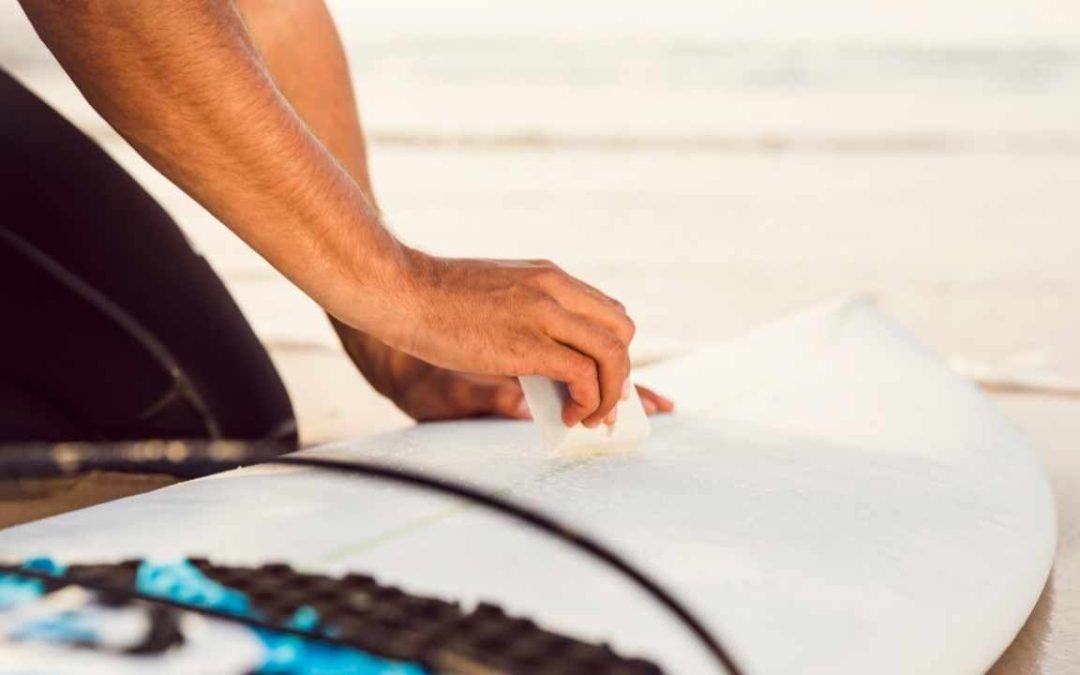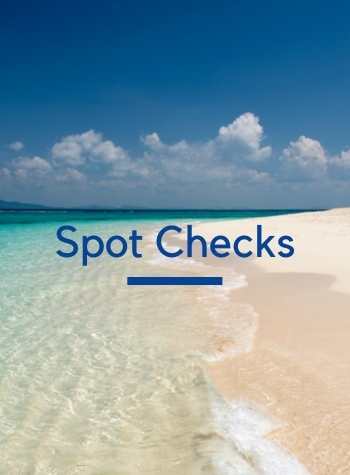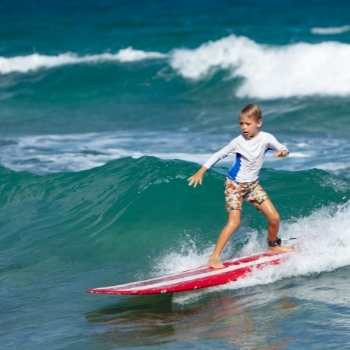I used to play every day in the ocean growing up as a kid. Iʻd dive under waves, body surf, do a little boogie boarding. One thing about the ocean, the waves always came and they didinʻt cost a thing.
It was a great source of free entertainment that my mom was able to offer me as a child and boy am I grateful for it. Eventually, I wanted more though. I wanted to surf, but while the ocean was free, to surf cost money.
The costs associated with surfing can start for as little as $100 for a used surfboard upwards of $2000 if you choose to get the best brand surfboard and wetsuit you can find. And while waves at the ocean are free, wave parks average $75/hr to catch waves.
Just like any beginner, I started with a used board and trunks. No wetsuit for me (even the the water was cold)!
Surprisingly, to date, my setup is still quite simple; an old midlength and a longboard. Both surfboards I shaped myself, with no need for wetsuits ʻcause Iʻve upgraded my local spot to the warm tropical waters of Hawaii.
This article will discover how expensive surfing can be, what essentials you should have, and how you can save money while enjoying your hobby.
Is Surfing an Expensive Sport?
If you drive by a decent surf spot in many parts of the world, you would think that surfing would be reserved for only those that are more well heeled than the rest of us. And you would mostly be correct.
Brand new boards, tricked out SUVʻs, and fancy new wetsuits can be seen everywhere.
If youʻre one of those guys, I offer my condolences. Youʻre so busy with image and style, youʻve forgotten that the sport was meant to be carefree and accessible. But unfortunately, itʻs this scene that has raised the cost of all things surfing through the roof.
A new surfboard can start at over $800, a wetsuit close to $500. The chance to rent an affordable bungalow in a little beach town is harder to find these days. And it seems most surf spots charge for parking these days.
Surfing used to be a sport reserved for free thinkers, individualists, and for people with more limited means. The wealthy looked down on the surfer as an outcast, and now theyʻre revered. Funny how things change.
So Yes! Surfing is an expensive sport, but with a few insider tips, you can make it a bit more affordable.
What Do You Need to Start Surfing?
What you need when you are just starting to surf is a little bit different than what you need when youʻve been surfing for a while. The basics are the same, but the quality begins to shift.
| Low Range | Mid Range | Upper Range | |
| Surfboard | $100 | $400 | $650-$1000 |
| Fins | $30 | $80 | $150 |
| Leash | $20 | $40 | |
| Wetsuit | $150 | $250 | $400 |
- Surfboards
You cannot surf without a surfboard. You can eliminate everything else on this list, but a surfboard is a must.
As a beginner, a used longboard that you find off craigslist would be the best beginner board for you. It can be a soft top or fiberglass board, but it shouldnʻt cost more than $100. The idea is to test the waters on a cheap board that you can beat up while you are learning.
As you progress, you can trade up to either another used board, (but a better one this time that will cost you around $400) or go big and get a brand new board starting at $600.
Iʻve been able to save money on surfboards because Iʻve learned how to make my own. The cost for a shortboard that I make is about $200 and a longboard is close to $400, complete with custom color glass jobs. Thatʻs better than used prices in most cases!
If you want to learn more about choosing a surfboard, you have to check out this ultimate Surfboard Buyers Guide we put together for you.
- Surfboard Fins
There used to be a time when the fins were glassed on to the surfboard, so they were included in the price. Those days are mostly gone.
Most boards come with a fin box or fin plug system that requires the purchase of separate fins.
A new set of FCS fins for a tri fin board will run from $60 to $150 and a single fin for a longboard will run from $30 to $100. These things arenʻt cheap!
If you are lucky enough to have a local shaper make you a board, maybe you can talk them into including a glass on fin, which is much cheaper than removable fins.
Unless you are riding an Alaia surfboard, your going to need fins. Lucky for you, the internet makes that really easy these days. All you have to do is click on this link.
- Leash
With the crowded lineups that exist in most places these days, having a leash is a must. Not only will it save you from having to swim after your board if you fall, but it will protect the other surfers that are in the water with you.
It is important to note though that to be a good surfer, you should surf as if you had no leash on. Never ditch your board while duckdiving (except in EXTREME cases) and try to kick out of waves without your board pulling on your leash. A leash is simply a backup.
Most leashes are created equal, but longboarders use a longer leash than shortboarders. If you are looking for a good leash, this one has been one of my favorites for years.
- Wetsuits
Ah wetsuits. Iʻm so glad I live where the water is warm now. But I had to endure decades of donning a wetsuit to make those wintertime paddleouts possible. I know how essential they are, and what a pain they can be to put on.
But if you surf in water below 68°, then youʻre probably going to need one. Luckily, wetsuit technology has come a long way over the years. They are thinner, warmer and easier to put on than ever, but also pricier.
You can buy used wetsuits, but be careful to check for holes and how the zipper works. Most people buy new though because, you know, who really wants to wear something someone else most likely peeʻd in?
A used wetsuit can cost as little as $60 (yes! those deals are possible) whereas a decent new suit will start at $250.
I do have a little insider secret for you though that wonʻt make me any money but will save you tons. Check out the wetsuits at NeedEssentialsusa.com. They offer quality, unbranded wetsuits at a fraction of the cost. I have a wetsuit jacket top from them and I love it!
If you are looking for more name brand suits and want to help this blog make money, then check out these suits here.
- Other Essential Items
Besides a surfboard, fins, leash,and a wetsuit, there isnʻt much else that you need to have to start surfing, but there are 2 essentials they every surfer should have, surf wax and sunscreen.
You need surfwax to provide traction to the deck of your surfboard and sunscreen to keep your skin safe from harmful UV rays.
I prefer both items to be safe for my skin and the ocean. A good, non-toxic wax that works well is a bar of Matunas Surf Wax ($4) and my favorite reef safe sunscreen is by Manda ($15), made for surfers by surfers.
Should You Join a Surf School Before Surfing?
There may be another cost associated with surfing if this is what you feel called to do. If you are interested in getting some professional guidance to start off your surf career, you can get lessons with a private coach or through a surf school.
Personally, I didn’t take lessons when I started surfing, but it did take me a month to consistently stand on my surfboard and another 2 months to learn how to go down the line.
Usually, an average person can learn surfing within a month, but if you join a surfing school, then you may decrease the time taken to learn surfing. Most lessons run anywhere from $100 per hour to upwards of a couple hundred per day. Be sure to read this article before you do sign up for lessons, so you donʻt end up paying more than you have to.
If you are short on time and want to take classes, you can check out some of the best surfing schools worldwide. These schools are situated all around the globe, no matter where you are there is one for you.
Conclusion
Surfing is a lot of fun as long as it doesn’t break your bank..
If you are tight on a budget, it is possible to start surfing with as little as $200, including a surfboard, wetsuit, and other essential items.
If you are one of those that love having the best, then youʻre looking at at least $1000 to get you started.



